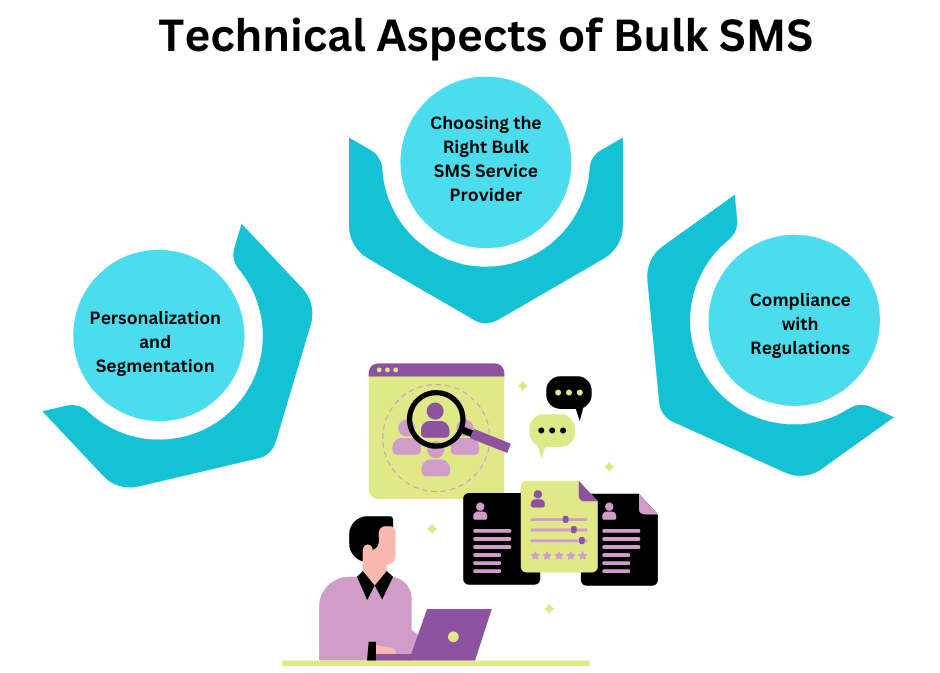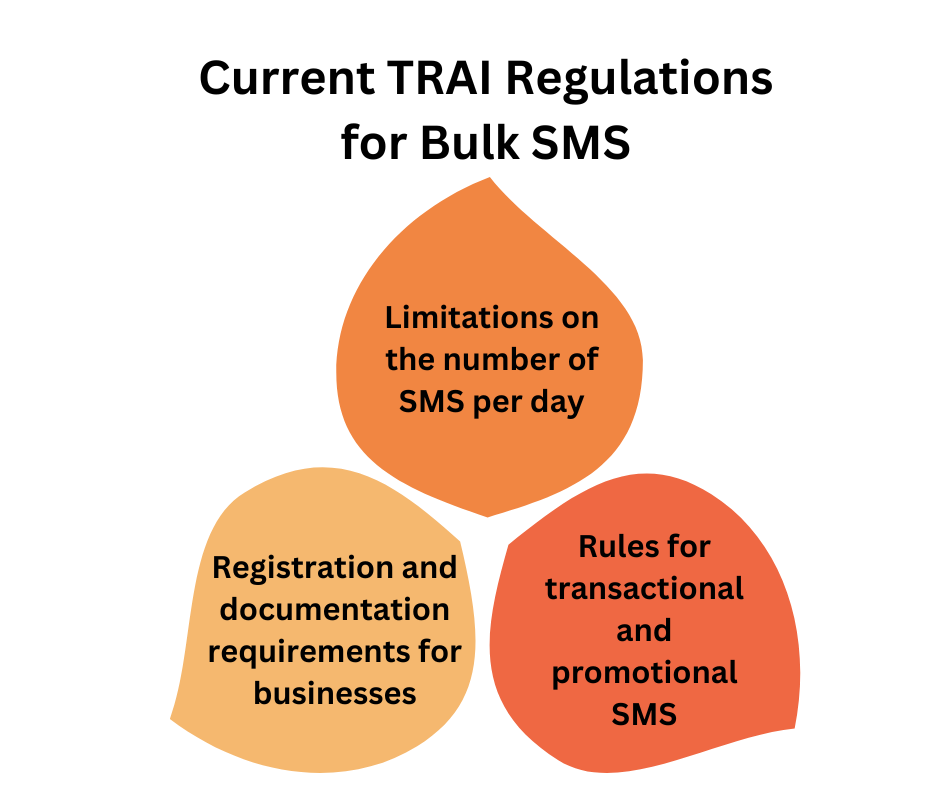Language Localization Best Practices For Bulk SMS
Language localization refers to adapting a product, such as software or marketing materials, to a specific language, culture, and locale.
It involves translating the text and considering the cultural nuances, preferences, and expectations of the target audience.
Language localization is crucial for bulk SMS campaigns as it allows businesses to communicate with their diverse customer base effectively.
By localizing the content of SMS messages, businesses can ensure that the messages are not only understood but also resonate with the recipients, leading to higher engagement and better results.
Understanding the Target Audience
To effectively reach your target audience, it’s important to first identify the specific demographic, geographic, and psychographic characteristics that define your target market.
Once you have a clear understanding of your target market, it’s essential to delve into the cultural nuances and preferences that may influence their purchasing decisions and overall behavior.

This involves researching and acknowledging cultural differences, language preferences, social norms, and values that impact how your target audience engages with products or services.
By understanding these factors, you can tailor your marketing strategies and messages to resonate with your target audience on a deeper level.
Language Selection
When selecting languages for localization, it’s crucial to consider the linguistic and cultural preferences of the target audience.
Factors such as language popularity, regional dialects, and market demand should be taken into account. Additionally, understanding the multilingual nature of certain markets is essential for effective localization.
This involves considering the language diversity within a particular region and tailoring the localization strategy to accommodate various language preferences.
Content Adaptation
When it comes to content adaptation, there are a couple of key considerations to keep in mind. Firstly, it’s important to adapt message content for different languages to ensure that it is effectively communicated to a diverse audience.
This may involve translation as well as localization to ensure that the message resonates with speakers of different languages.

Additionally, it’s crucial to ensure cultural relevance and sensitivity in the adapted content. This means taking into account different cultural norms, values, and practices to avoid inadvertently causing offense or misunderstanding.
By paying attention to these factors, content can be effectively adapted to reach and resonate with a wider and more diverse audience.
Technical Considerations
When considering the technical aspects, it’s important to ensure that our system fully supports Unicode for different languages.
This includes not only displaying the characters correctly but also handling text input, processing, and storage in a way that is compatible with various language scripts and symbols.

Additionally, we need to thoroughly test and validate all localized content to ensure that it is accurately displayed and functions as intended.
This involves checking for language-specific issues, such as text expansion or contraction, as well as making sure that any localized features or elements behave correctly in their respective languages.
Compliance and Legal Considerations
Understanding and complying with tax laws, labor laws, and any industry-specific regulations in each location where the business operates is important.
Obtaining the necessary licenses and permits required to conduct business in each jurisdiction.
Implementation of robust measures to safeguard customer data and adherence to data protection regulations such as the Telecom Regulatory Authority of India (TRAI), or any other relevant laws.

Development of comprehensive privacy policies and procedures for the collection, storage, and sharing of personal data, ensuring transparency and accountability in handling sensitive information.
Regular performance of audits and assessments to uphold continual compliance with privacy and data protection standards.
Delivery and Timing
It is important to consider the time zones and cultural factors when determining the best time to send localized messages to ensure maximum impact and engagement.
Implementing robust delivery mechanisms and partnerships with reliable service providers to ensure that bulk SMS messages are reliably delivered across different regions, taking into account factors such as network coverage and regional regulations.
Performance Measurement
Tracking and analyzing the effectiveness of localized campaigns involves monitoring the response rates, conversion rates, and overall engagement levels of bulk SMS campaigns targeted at specific geographic areas.
It also includes analyzing the demographic data of the recipients to understand the effectiveness of the campaigns in different localities.
Iterative improvements based on performance data involve using the insights gained from the performance data to make continuous refinements to the bulk SMS campaigns.
This may include adjusting the messaging, timing, or targeting parameters to optimize the effectiveness of future campaigns.

